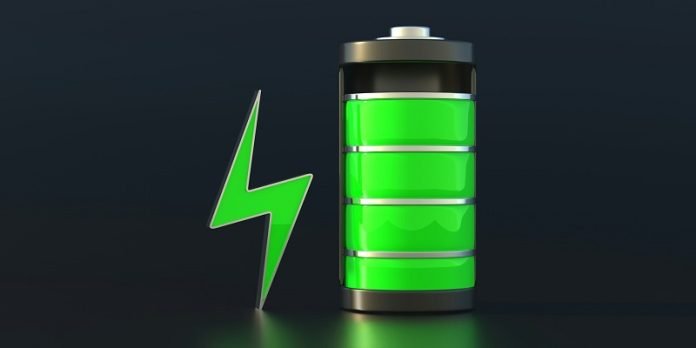
As our world becomes more technology-driven, the demand for high-performance batteries is skyrocketing.
Whether it’s for electric cars or our everyday gadgets, we need batteries that charge faster, last longer, and are safer.
This is why scientists across the globe are working hard on improving battery technology, focusing on things like how much power they can store, how quickly they can charge, and how long they last.
They’re also considering environmental factors, like the availability of materials and the carbon footprint of batteries.
A team of experts in chemistry, physics, and materials science from Germany and Canada have been exploring a new idea in battery technology.
Dr. Hanyu Huo and Prof. Dr. Jürgen Janek from Justus Liebig University Giessen, Prof. Dr. Kerstin Volz from University of Marburg, Dierk Raabe from the Max Planck Institute, and Prof. Dr. Chandra Veer Singh from the University of Toronto have been looking into using silicon in solid-state batteries.
Their exciting findings were recently published in the prestigious journal Nature Materials.
So, what’s special about these batteries? Solid-state batteries are an upgrade from the typical lithium-ion batteries we use today.
The big difference is that they use a solid material instead of a liquid to transfer electricity. This change could make batteries safer, last longer, and store more energy.
The team’s research focused on the part of the battery called the anode, where electricity flows into the battery during charging. Silicon, it turns out, could be a game-changer for these anodes. Why? Because it can store a lot of energy. However, using silicon is tricky. When a battery charges, the silicon in the anode swells up a lot, which can cause problems in a solid-state battery. Plus, the materials that are used in these batteries can react with the stored energy, causing the battery to lose some of its charge.
To tackle these challenges, the researchers used a mix of experiments and computer simulations. They looked closely at how lithium moves in these silicon anodes and how the silicon changes shape during charging and discharging. They also studied how it reacts with the solid parts of the battery.
Prof. Janek, a key member of the research team, explains that understanding these details is crucial for using silicon in solid-state batteries. This research is part of a much larger, international effort to make these batteries a reality.
The ultimate goal is to create solid-state batteries that are even better than the lithium-ion batteries we use now. Ideally, these batteries would use lithium metal in the anode because it can store a lot of energy. But there’s a risk of short circuits with lithium metal, so the team is exploring silicon as a safer, high-energy alternative.
Their findings are promising. They believe that with some clever design, silicon anodes could be a big part of future solid-state batteries. They’re also looking into additional solutions, like adding a special polymer layer to the anode to help with the expansion and reaction issues.
In simple terms, this research could lead to batteries that charge faster, last longer, and are safer – all while being kinder to our planet. It’s a big step forward in the quest for better batteries!



